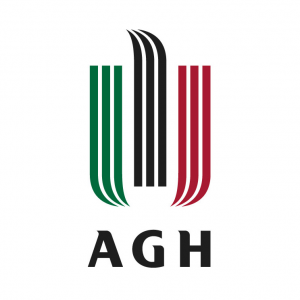
Sediment hosted copper deposits are very important source of copper and other elements e.g. lead, silver, cobalt, nickel, gold, PGM, selenium, rhenium.
One of their world class example is located in SW corner of Poland, however in the past active mines were operating also in Germany and UK. The biggest known resources are located in Poland: after 55 years of active mining in the Lubin area there is still 1.2 Gt of ore grading 0.8-1.7% Cu and 40-60 g/t Ag. Roughly estimating, the Kupferschiefer system in Poland concentrated 500 Mt of metals and belongs to the biggest known in the world.
Following topics will be discussed in the lecture:
• History of deposit discovery
• Geological environments of metal concentrations, sedimentary versus epigenetic.
• Genesis, source of metals
• Factor controlling mineral zonation
• Basic exploration factors based on data from Poland and some international projects from Peru and Colombia.
• Sample presentation and explanation

